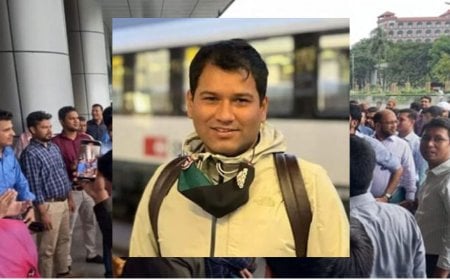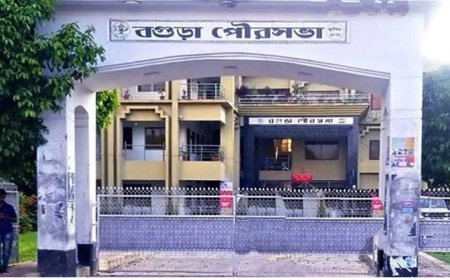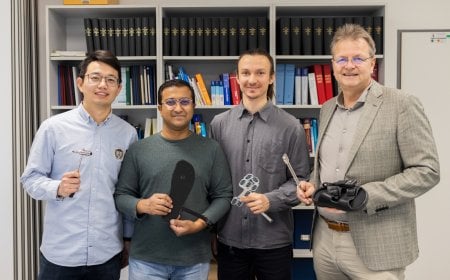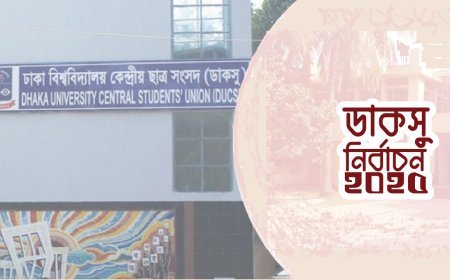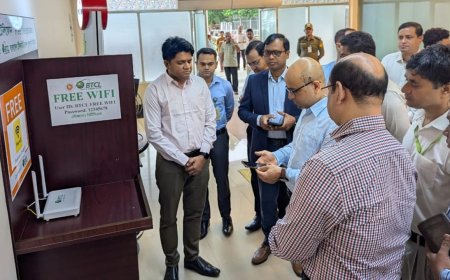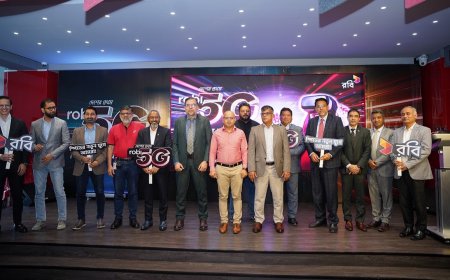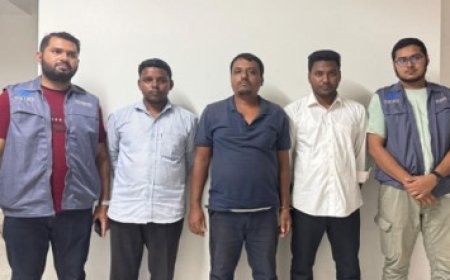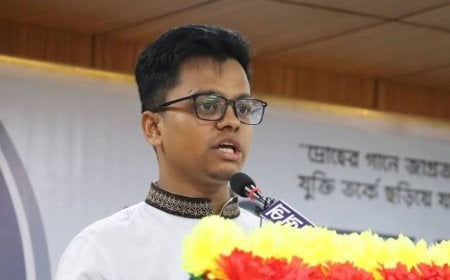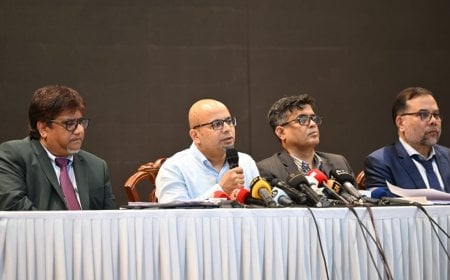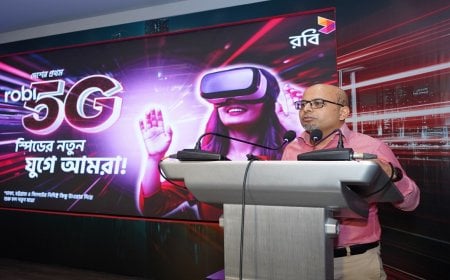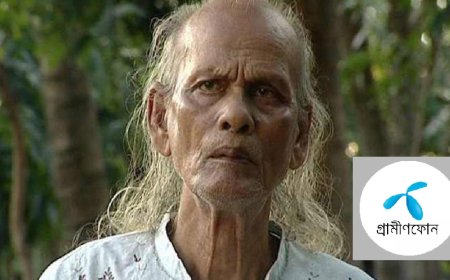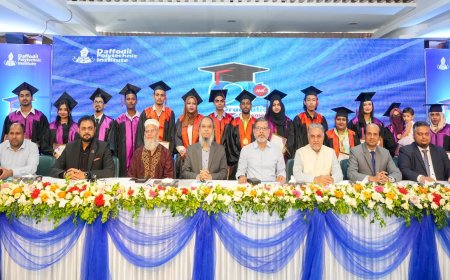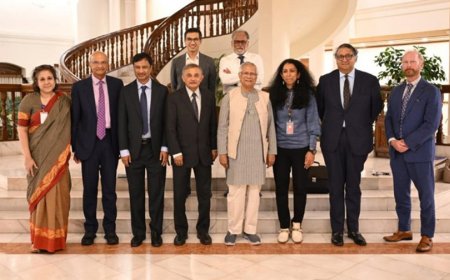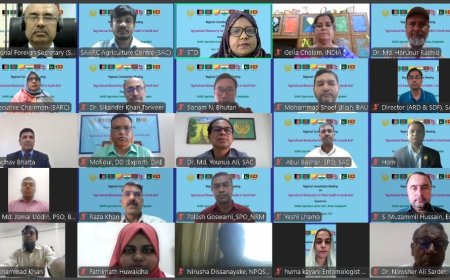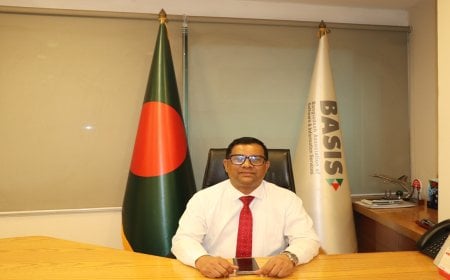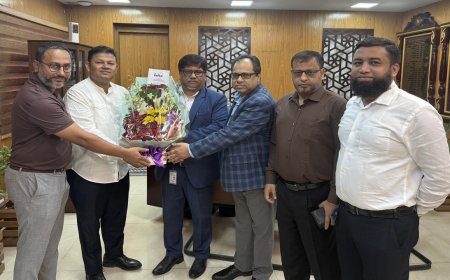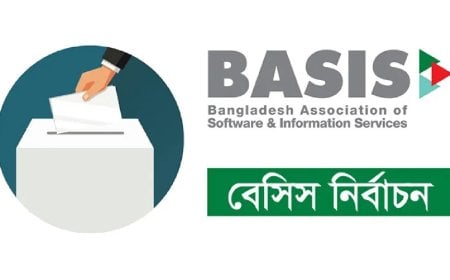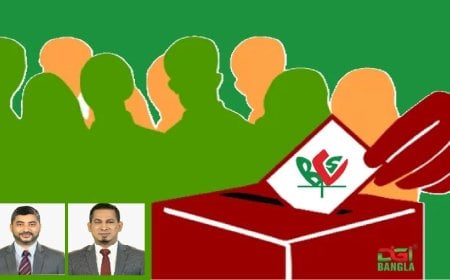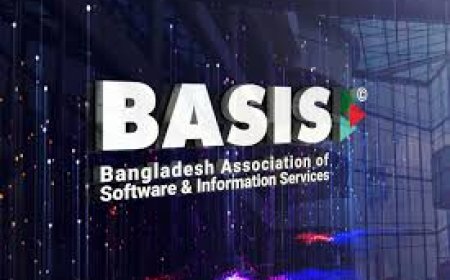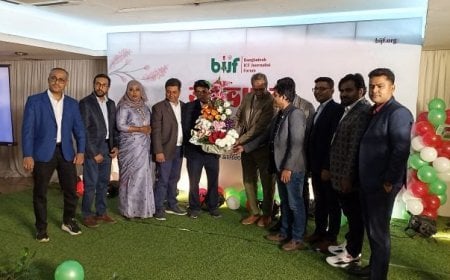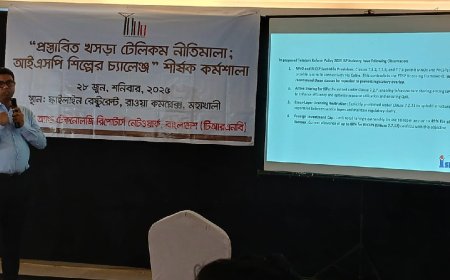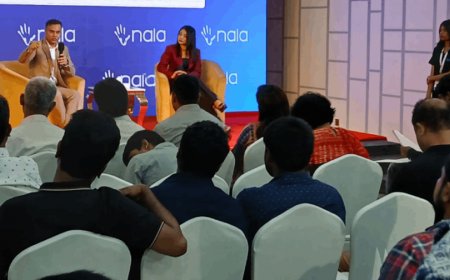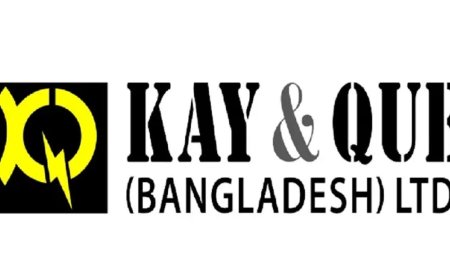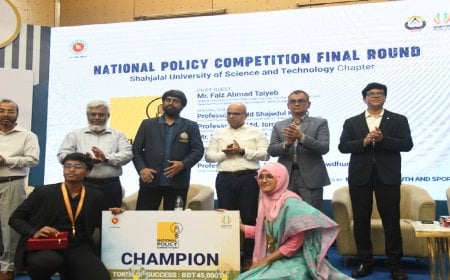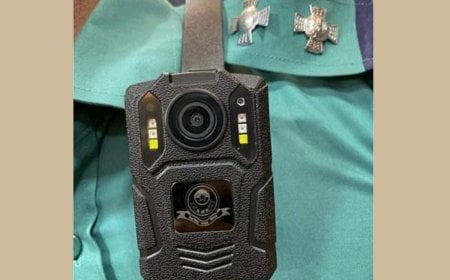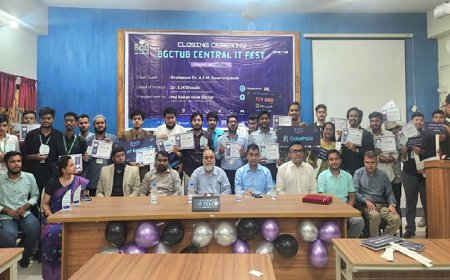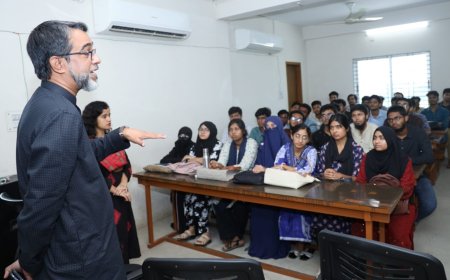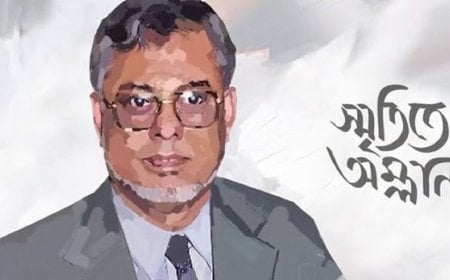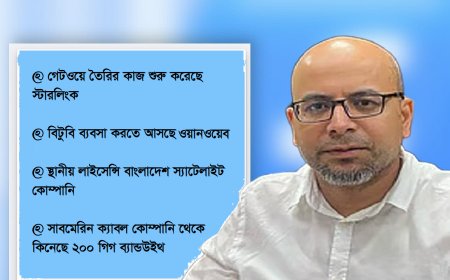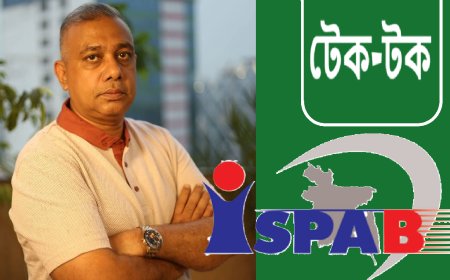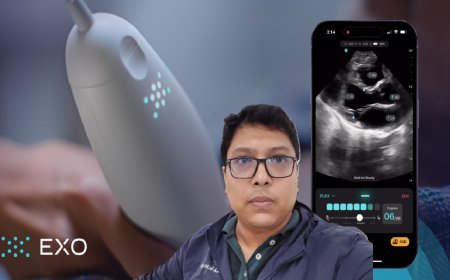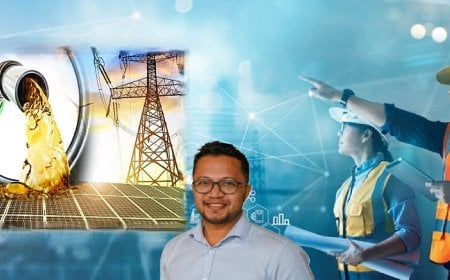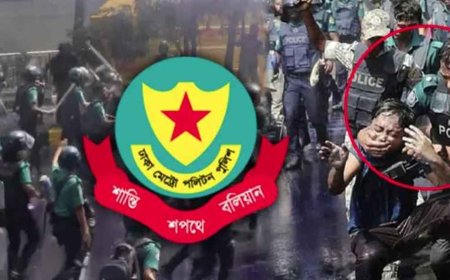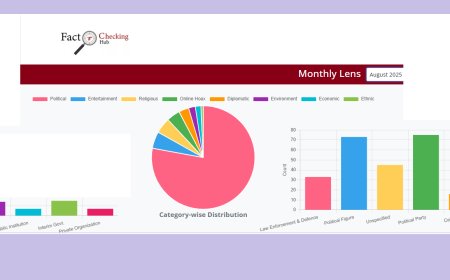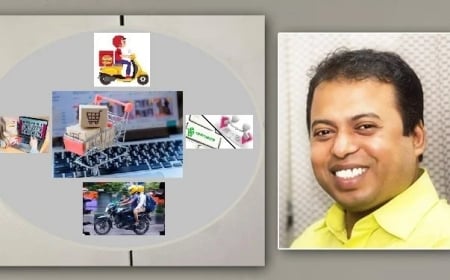Bangladeshi Brilliance at NASA: Student Teams Triumph in Space Rover Challenge

On the eve of the Bengali New Year, Bangladesh has earned a moment of pride on the global stage. The International Hope School of Bangladesh has won the prestigious Phoenix Award in the high school category of NASA’s Human Exploration Rover Challenge (HERC) 2025. The team also clinched the Social Media Award for their human-powered rover, making a mark among global competitors.
Simultaneously, Dreams of Bangladesh, another team representing the country, ranked among the world’s top ten rover builders. Their lunar rover, Myrage-1, built by a group of passionate young innovators, showcased stellar performance during the two-day event held on April 11 and 12 at the U.S. Space and Rocket Center in Huntsville, Alabama.

Guided by mentors Md. Abul Kalam Azad, Md. Munzur Morshed, Shahidul Hasan Monty, and Iftekhar Hossain, the Hope International School team was led by Shahjadi Ayman Sultana and Mahzabin Alam Roshni. The delegation also included faculty members Kamrul Ahsan (Head of Uttara Senior Section), Rakibul Karim (Deputy Head of Gulshan Branch), and teachers Adnan Shihab Ahmed and Saima Samad.
Meanwhile, on the NASA-designed track that mimics lunar terrain, the Moon Rover Challenge team of Bangladesh successfully navigated all 20 obstacles. In their first run, they scored 10 out of 15, and in the second run, they achieved a perfect score. Their total score stood at an impressive 45 out of 50.
The remote-controlled rover, somewhat resembling the Curiosity Rover, features a rocker-bogie suspension system and six wheels. Measuring 700mm in length, 460mm in width, and 280mm in height, the rover’s frame is constructed using aluminum bars for lightweight durability. The wheels have a radius of 180mm, and a ground clearance of 360mm. Structural strength is enhanced using carbon fiber tubes, while polylactic acid (PLA) is used for prototyping and lightweight components. Thermoplastic polyurethane (TPU) ensures flexible joints and impact resistance.

Its standout feature is its advanced sensing and navigation system. The rover is equipped with an integrated SLAMTEC RP-LiDAR system that can map surroundings from a 360-degree perspective. By utilizing Time-of-Flight technology, the system emits laser beams to generate a detailed point cloud, processed into 2D maps. At the core of the rover is an ESP-based microcontroller handling all data processing and control functions, supported by a receiver unit for wireless communication via radio frequency or Wi-Fi.
Additionally, it includes six DC motors, a motor driver module, a high-resolution imaging camera system, and a specially designed power management system powered by lithium polymer and 18650 batteries. The rover can collect data with 98% accuracy even in dark, dusty, or adverse conditions within lab environments.
Reflecting on the team’s achievement, Mahdir Islam of Birshreshtha Munshi Abdur Rouf Public College, a leading figure in the NASA HERC Bangladesh mission, shared, “We scored the second-highest field points in the challenge. I dedicate this achievement to my teammates. It’s the result of our collective hard work and persistence. But this is not the end—it is just the beginning. The journey continues. Our vision has expanded, and the thirst for touching dreams has only grown stronger.”
The Dreams of Bangladesh team is led by A-Level candidate Sanzim Hossain. The team’s Safety Officer is An Nafiu from Dhaka Residential Model College; Mechanical Lead is Md. Rifat Hossain from CPI Polytechnic, Dhaka; Technical Lead is Md. Yasin Arafat from BAF Shaheen College; Software Lead is Arkapratik Acharya from Dhaka Residential Model College; and Electric Lead is Marzia Afifa Prithibi from South Point School and College. Abdullah Al Junayed from Dhaka Imperial College led the rover’s design. Other members include Ayesha Jahan Safa from Viqarunnisa Noon School and College, Fatema Jahan Shifa from Feni Girls Cadet College, and Rubaiyat H. Rahman and Hasin Ishraq Chowdhury Taha from Dhaka Residential Model College.
The team’s manager is Shamim Ahnaf Tahmid from Dhaka Residential Model College. Shah Md. Ahsan Siddique, a faculty member of the Military Institute of Science and Technology (MIST), served as an advisor, alongside senior teacher Md. Moin Uddin from Ashuganj Power Plant School. Jawad Rahman and Md. Faisal Hossain provided additional mentorship.
Twelve members of the team traveled from Bangladesh to the United States on March 28, followed by three more on April 7. Their participation was confirmed among 72 teams from various countries competing in the challenge.
Bangladesh’s remarkable performance at NASA’s HERC 2025 demonstrates the nation’s growing presence in global science and technology endeavors, inspiring a new generation of dreamers and innovators.




